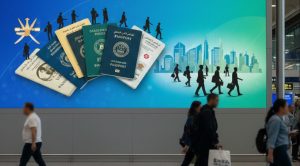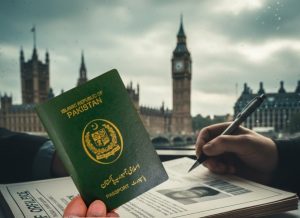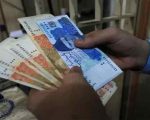TORONTO – Canadian Prime Minister, Justin Trudeau has said that temporary foreign workers and international students have grown at a rate far beyond what Canada has been able to absorb.
Addressing an event, the prime minister explained that in 2017, two percent of Canada’s population was made up of temporary immigrants but presently, the figure is 7.5 percent.
‘That’s something we need to get back under control,’ Trudeau said in a vied reference towards probable future changes in the immigration regime.
Trudeau, who has rarely spoken against immigrants, also said that this situation is causing mental health issues for international students and making businesses rely on temporary foreign workers, which lowers wages in certain industries.
“We want to get those numbers down. It’s a responsible approach to immigration that continues on our permanent residents, as we have, but also hold the line a little more on the temporary immigration that has caused so much pressure in our communities,” said Trudeau at the event in Dartmouth, Nova Scotia.
It bears mentioning that Canada has already announced to reduce the number of international students by 35 percent as compared to 2023.
As far as the temporary residents are concerned, Immigration Minister Marc Miller announced last month that Ottawa will set targets for the number of temporary residents allowed into Canada to ensure sustainable growth.
In this regard, the cap would be introduced for the first time as the country grapples with the challenge of housing crisis and inflation.
As far as the statistics are concerned, there are currently about 2.5 million temporary residents in Canada, which comprise about 6.2 percent of the overall population.
The temporary residents include students, asylum seekers, and temporary workers but Immigration Minister Marc Miller said he hopes to reduce this figure to about five percent over the next three years.
The first cap would be set up in September this year as the immigration minister said the move is to ensure “sustainable” growth in the number of temporary residents coming into the country.














